Jumping out of windows, being chased by horses, taking football penalty kicks, conducting an orchestra, thumping merry hell out of the mattress - have you ever wondered what you get up to while you're asleep?
We spend a third of our lives asleep, yet it's an area that's somewhat overlooked by medical science. However, sleep has the potential to make gripping telly. To this end, early in 2006, Landmark Films approached Papworth Hospital - which houses the UK's largest sleep clinic - with a view to making an observational series about people experiencing the most chronic sleep disorders. With most of the nation's sleep problems going undiagnosed, Papworth Hospital was enthusiastic about taking part in a series that would bring greater awareness of its work.
Papworth receives 3,000 new patient referrals from GPs each year. Many who attend the clinic have sleep apnoea, a condition where the body stops breathing many times a minute. But there are people with even more dramatic sleep disorders - violent dream enactment, people with restless limbs moving throughout the night, sleepwalking, narcolepsy (uncontrollable attacks of sleep), cataplexy (episodes of muscular weakness) and chronic sleepiness - the list is endless.
Patients with these sorts of problems are invited to spend a night at Papworth Hospital in specially designed rooms equipped with night cameras. Dozens of wires and monitors are attached to each patient and the data gleaned enables consultants to diagnose and treat them.
We followed close to 24 patients with these sorts of problems over a six-month period. Their stories of what life with an extreme sleep disorder is like formed the backbone of our Sleep Clinicseries for the BBC.
Alex Crowe, 23, has twice jumped from his bedroom window in his sleep. 'It's almost like a survival mechanism. You don't think, you just do it,' says Alex. He claims to be completely unaware of what he gets up to at night until he wakes up to find himself wrapped in a duvet and standing on the roof or in the garden, wondering how he got there. Miraculously, he has so far escaped serious injury. This pattern of behaviour continued during our filming of his visit to Papworth's sleep lab. Just half an hour after falling asleep, he ripped off all the monitoring equipment and attempted to jump from the hospital window - all while technically still asleep.
Another patient, Derek Rogers, has struggled for years with dream enactments so violent that his wife Linda had begun to wonder whether he was actually possessed. Derek punches walls, mattresses and headboards, and has even ended up in A&E with broken bones. He has been a patient at Papworth for a couple of years and has one of the most severe sleep disorders the hospital has encountered. We followed him as the clinic put him on a drug being used in Britain for the first time.
Other contributors in the series included a retired headmistress who sleepwalks into walls, a young woman wrapped up in her own apocalyptic visions, a maths teacher who lashes out in the dark and a man whose legs rock and roll 1,000 times a night.
Clearly, an important part of the series was to capture patients' sleep disorders at home before they went into hospital. Filming people in bed, or more often leaping out of it, was one of the most significant technical challenges of Sleep Clinic. Given the intimacy involved, surprisingly few patients were concerned about being filmed in their bedrooms, although one couple had to be reminded to keep their pyjamas on, and another gentleman's contour-hugging, flesh-coloured underpants provoked some alarming moments.
We decided to record people in bed at night with small Sony A1 cameras that included a night-vision function with additional infrared lights. The footage would be recorded directly each night to computer drives, bypassing tape altogether. The following day, each drive would be viewed and the relevant clips would be transferred to a roving back-up drive. The original drive would then be wiped clean ready for another night's recording.
Generally, things worked well. However, having four cameras and a dozen drives all being used simultaneously and often in places hundreds of miles apart - owing to where the different contributors lived - made it a logistical nightmare. In six months, the production team drove more than 40,000 miles in the process of recording and retrieving all the night footage. It was an exhausting experience which left us with sleeping disorders of our own - in fact, from an endurance point of view, Sleep Clinicwas the toughest series I've ever worked on.
Nevertheless, the effort was worth it. The night vision footage provides some of the most striking material ever recorded of people who live with sleep disorders. It's footage that gives you a glimpse into a surreal, sometimes funny, often loud and occasionally disturbing world.
Sleep Clinic is made by Landmark Films. It airs from Monday 19 February at 10.30pm on BBC1 and from Tuesday 20 February at 7pm on BBC2 for eight weeks



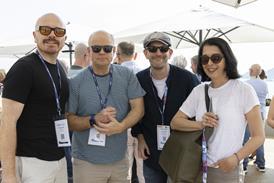




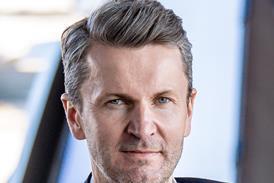
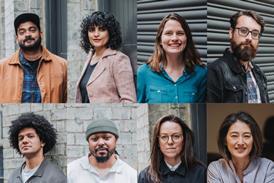
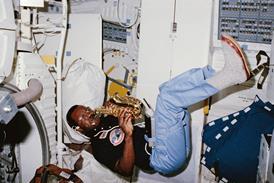
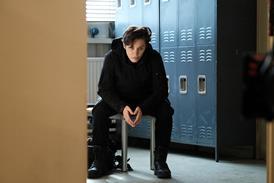
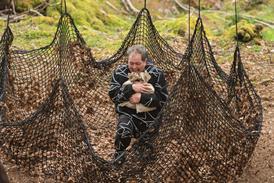

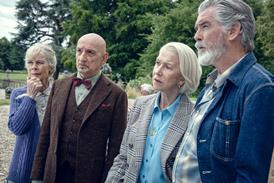







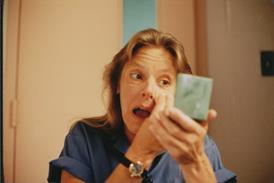



No comments yet